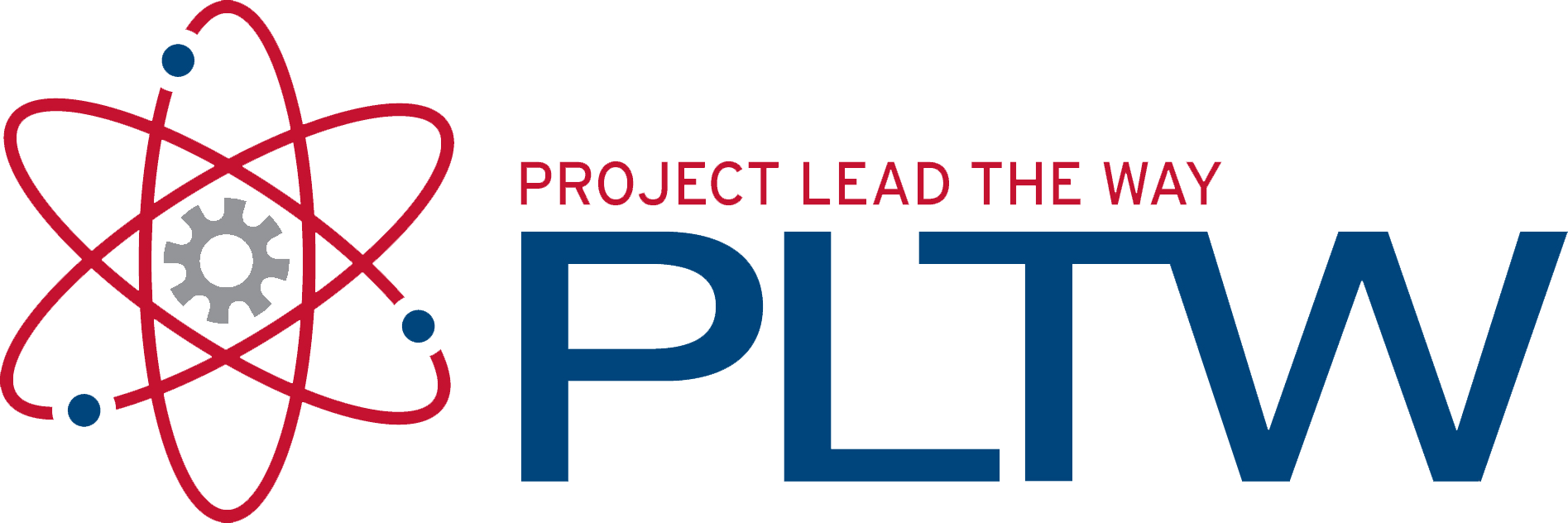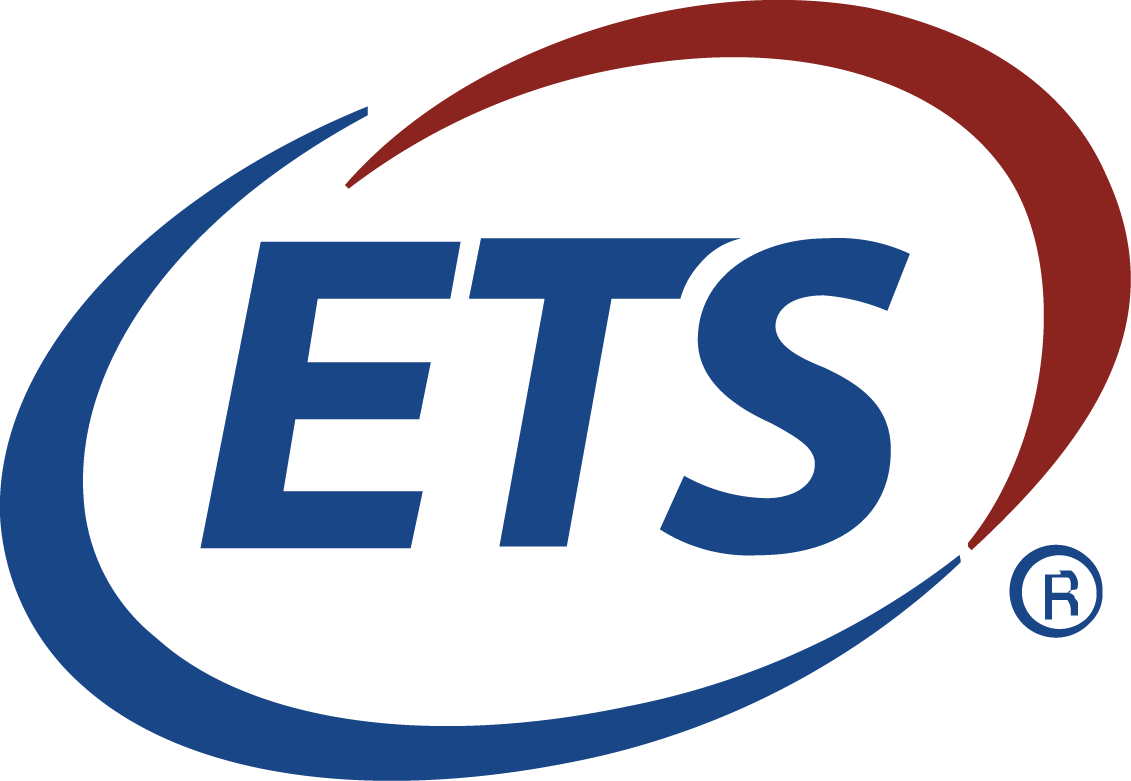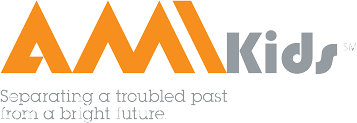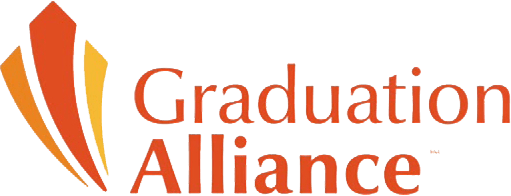
The tutoring market has seen a great deal of change since its early inception into the educational ecosystem. Once marked by legacy models and a mix of independent local resources, the space has exploded in market demand. Recent research from Technavio estimates the growth of the online tutoring market at a CAGR of 15.38% or $196.35 billion between 2022 and 2027.
New resources are in demand as post-pandemic learning loss methods gain attention. In addition, the advent of technology and online learning acceptance is now opening the door for entrepreneurs interested in shaping tutoring that pairs need with assets. For some, there is a perfect marriage of technology with in-person peer-to-peer efforts making a measurable impact.
On his podcast Capital Class, Strategos Group's Managing Partner, Adam Giery, dives into the tutoring space with Samyr Qureshi, founder and CEO of Knack, a higher ed tutoring service that allows both online and in-person peer-to-peer exchange. While most higher ed institutions have pre-existing tutoring services, outside efforts like Knack build on top of established practices to provide substantial services that boost accessibility, engagement, and results.
As Giery points out, "It's incredible how much the industry has evolved from the tutoring space where individuals made flyers with little tear-offs at the bottom." In his condensed conversation below, Giery explores the new frontier of tutoring with Qureshi and the changing landscape facing higher ed.
Adam Giery: Getting granular, before Covid, the tutoring sector was mainly institutions like Sylvans or Princeton if you were getting a professional degree and a bunch of local resources providing tutoring to students. Now, your business is more like the Airbnb of tutoring, correct? You're pairing needs with assets all over an institution. That's changing the resources that people can get their hands on. Clearly, it's become a market that, even most recently, a company like Varsity Tutors has gone public. It's an entirely different space.
Samyr Qureshi: Absolutely. Our model is actually university specific. Almost every college campus operates a tutoring center today as a physical brick-and-mortar. With COVID and the adaptations on campuses, there are online components. But it's a model where they staff tutors and students to help as peer tutors. The students who need support can log in virtually and connect with those tutors.
The university subsidizes the tutors' costs, making it free for others. What we're doing is building an extension on top of that. We provide the ability for campuses to scale more tutoring in a peer-to-peer manner without taking on the overhead administrative lead they would have to scale in-house. We partner with campuses like Fordham University, the University of Florida, Rutgers, and others. They essentially pay us to stand up a marketplace of tutors on their campuses.
We work closely with that institution to vet tutors to ensure they meet their qualifications. Tutors opt-in at a rate that the institution fully subsidizes. Students can book those tutors for free using our platform. We've taken the world of private tutoring around the college campus and created a platform in which the institution has a hand in it. They can scale it up and increase access and equity of the services without ever asking the student to pay for it.
There are factors affecting universities' bottom line, such as retention and graduation rates. As a result, institutions feel somewhat threatened now as students are not purchasing at the same rates they used to or holding back on enrolling in the first place institutions are thinking a lot about retention. So that's an area we are helping.
Giery: What's the common thread from an institution's standpoint that makes them take action on expanding beyond their traditional model?
Qureshi: We open up another option or resource. We've never had a campus say they will implement Knack and remove their tutoring center. On average, campuses only reach about 20-30% of students with existing tutoring. When they bring in another option, like Knack, they add flexibility and support mechanisms that serve students who historically have not been using services due to accessibility constraints, time availability, or in some cases, even upper-division course help.
Offering free support to students who need it is key. Often it includes first-generation Pell-eligible low-income students, minoritized students, and students in varying socio-economic situations that have historically not persisted at the same rates. However, it takes institutions to understand that there are underserved and missed students and decide how to serve them better. That's where Knack enters the picture.
Giery: Are you seeing that the student population that works with Knack is persisting at a higher rate than the general population?
Qureshi: Yes, from all the studies we've observed. Yet, it's hard to control the survey as students may use other sites or brush up independently. It's like going to a gym with a trainer. If you put in the time and diligently make an effort to do better with repetitions, there will be gains. But if you have a poor diet or skip work, you could distract that positive progress.
We're trying to structure our technology and practices around tutoring, which we onboard with tutors. It leads to better results, and the institution has a big hand in the process. Beyond the accessibility, we want to reach students and engage them in a way that's working, and we want to help them retain in a manner aligned with the institution.
Giery: When I attended college, it was completely understandable that some students wouldn't make it, and there was data to back it up. I think universities and colleges weren't seeing it as their problem for a long time. They provided the space and academic structures, but it was on the individual to utilize them. So if certain individuals fell short, it was not their problem.
Now, cut to today, Institutions have to be very intentional about keeping students and persisting not only for funding formula purposes but to validate the need for higher ed. Your offering fits into this quite interestingly.
Qureshi: Enrollment numbers are real issues exacerbated today. You hear about the enrollment decline. Fewer students are choosing to go to college or are as open to the idea. Costs have risen, and ROI has stayed flat or below that level. When you look at our earnings and potential postgrad, the ROI has been questioned heavily, not just by students, but by government administrators and leadership around the theme of empowering students to see the value of what they're doing and give them the tools to be successful.
There are inclusive excellence imperatives where schools pride themselves on being a minority-serving institution(MSI) or a Hispanic-serving institution (HSI). They want to say, "These students are welcome and can find a sense of belonging to persist because that's the institution's mission."
It returns to an institution's mission past the barebones teaching and learning in a classroom. Because what works for some students doesn't for others. Unfortunately, it's also prevalent inside companies.
Education can provide a launchpad in this breeding ground for students to gain academic confidence and social skills with their peers. In addition, they can build a network to help them in school and lean on postgrad with business opportunities together. That's how I met my co-founders.
All the pieces matter - the academic, social, and career sides of why students attend school and the sink or swim mentality doesn't work. Because, ultimately, the students are the customers. If they stop coming, believing, and paying, it eventually shakes up the university and forces them to think differently. That's what we're seeing right now.
Giery: Do you find yourself engaged in a cultural shift when you meet with institutions and describe a customer-centric model in a business founded in the 1800s? You're talking about a more entrepreneurial model based on customer needs. How do you help your customers succeed? How do you provide customer value?
Qureshi: Higher ed is very mission-centric. They often operate from a place of rigidity and deep history. Sometimes that's incredible and brings the richness of a purist educational experience. But times are continuing to change at a faster rate. Workforce needs are changing, and the types of students entering classes today are also evolving.
As the workforce areas get louder and strengthened to upskill new grads, it starts to beg the question of college need. I have friends who left school, worked in tech, or started their own businesses and are happy with their choice and not incurring debt.
That's a scary thing to hear when the mission in higher ed is to help push out the next generation of both scholars and people who can contribute to society. But, it's a vital piece right now- a connection to helping school students develop skills that aren't just about passing a class but are essential to life after college. Resilience, problem-solving, critical thinking, teamwork, collaboration, and digital literacy, are necessary for life success.
Talking to institutions, they are quickly opening their eyes to this. It is a massive cultural shift. The lifeblood of campus outside the students is the faculty, and the question becomes whether they can shift their mindsets in time to help students recognize the value and decide to stay.
There will always be people who want to go to college and others who will choose alternative paths like the trades, but the key is the middle ground. Those students are trying to gauge the value. Many schools now have bridge programs to bring in students in a non-traditional manner.
Giery: Powerful. There was a time when the value of going to an institution grew just for the exit value. You went around the monopoly board to collect your $200, and it represented a 4-year degree. You're talking about the whole student, the social-emotional component, and the various configurations and descriptions that have evolved since. It feels like it's returning to its roots with the development of a student, not just intellectually but as a person.
Qureshi: Sometimes it's hard for people to grasp if it doesn't equate to dollars and cents. As an employer, we've hired folks who are good technically but not great with people and communication. A positive attitude and resiliency are not something you can teach in a book. But I would argue these areas can be solidified and formed in your college, on your campus.
You're starting to see campuses ramp up mental health and mentorship services, attaching the social-emotional side. Again, some people claim it is touchy-feely and does little for students. But ultimately, as an employer, I can tell you that those values and skills are essential. We can teach you how to code or write an email to a salesperson, but it isn't easy to teach if you don't understand the EQ side. From high school to college is where those skills are formed. And it happens in a very natural, authentic organic environment with students around you.
The employer's voice is important so universities can tie that value back to what employers care about. Initiatives like ETS and their Skills for the New Economy make connections between what employers and the workforce cares about and what the curriculum is teaching. It creates direct links and encourages students that there is value in higher education.
Higher ed is at a critical moment to make changes faster with mentality shifts. I believe it comes down to putting the student first as the payer, and we should be serving them to the extent that it fits our mission of teaching and learning to help students succeed after college.
----------------------------------------------------------------------------------------------------------------------------
Qureshi and Knack are examples of an expanding environment in higher ed that provides a modern entrepreneurial approach to break through traditional models with innovative peer-to-peer thoughtful methods. Visit the Capital Class episode to hear more of the conversation focusing on Knack's background and company build. Also, visit other discussions with industry professionals listed on the Capital Class Podcast.













